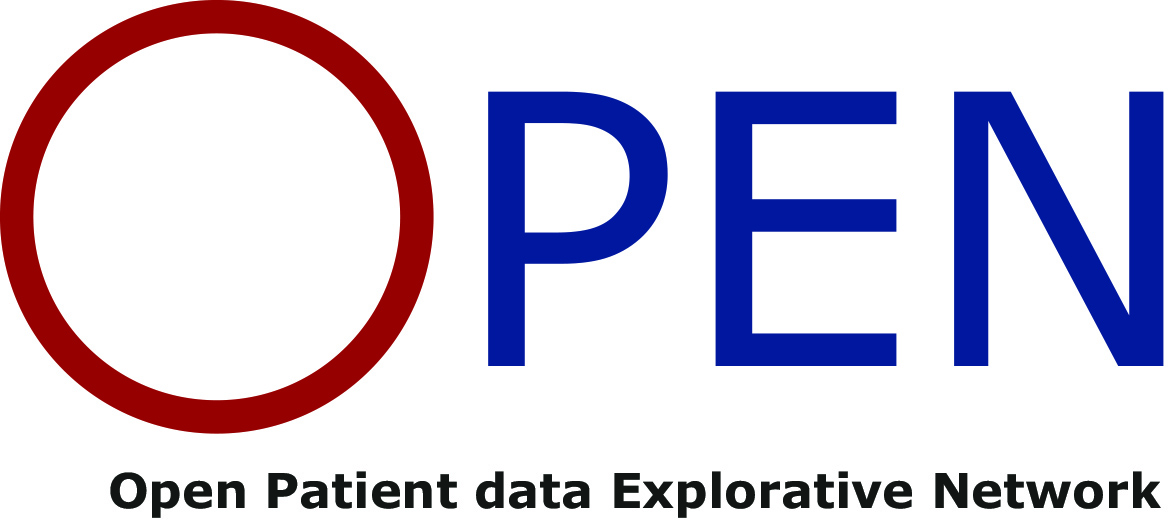
PhD-student
Sofie Elkjær
Department of Endocrinology
| Projekt styring | ||
| Projekt status | Open | |
| Data indsamlingsdatoer | ||
| Start | 08.10.2025 | |
| Slut | 01.04.2027 | |
Resistance training and rapamycin to enhance bone formation in postmenopausal women
Short summary
The study is a randomized, placebo-controlled trial testing short-term, low-dose rapamycin analog (everolimus) and resistance exercise on bone and muscle function in postmenopausal women at high osteoporosis risk. 148 women (60-75 y) are randomized 1:1:1:1 to everolimus, placebo, or combined with training (3×/week, 24 weeks). Primary outcome: % change in bone formation marker P1NP; key secondary: CTX, BMD, bone structure, muscle function, and quality of life.
Rationale
It is estimated that women lose around 20-25% of bone mass during the 5-10 years period of postmenopausal transition, and menopause is considered a major risk factor for osteoporotic fragility fracture. Currently, there is no preventive strategy to counteract these changes, and hormone replacement therapy is not considered an attractive option for many women, because of concerns related to side effects. Rapamycin, through inhibition of mTOR (the mechanistic target of Rapamycin) has been demonstrated in many preclinical animal models to extend lifespan and healthspan as well as reduce incidence of various age-related disease. The most well-established mTOR inhibitors include rapamycin (sirolimus) and its analog (also referred as rapalog). Everolimus are FDA approved and have been used for many years at a high dose as an immunosuppressant and anti-cancer drug. Exercise training has been demonstrated to counteract age-related degenerative changes in several clinical studies, but its quantitative effect compared to pharmacological interventions is not well studied. The aim of this randomised clinical trial is to test the effects of treatment with oral everolimus, resistance exercise, and their combination as a preventive strategy for impaired musculoskeletal function in healthy postmenopausal women.
Description of the cohort
Generally healthy postmenopausal women aged 60-75 years, with or without stable chronic conditions. Participants are recruited from the general population through advertisements on social media and other public channels.
Data and biological material
Blood samples will be collected for analysis of bone turnover markers, metabolic parameters/safety, and exploratory biomarkers (e.g., SASP and epigenetic clocks). Additional data include demographic and anthropometric information, medical history, data from patient journals, and questionnaire data on physical function and quality of life (SF-12). Data from DXA, MRI, HrPqCT, and physical performance tests will also be collected.
Collaborating researchers and departments
Bispebjerg Hospital, Institute of Sports Medicine Copenhagen and Endocrinology
Publications associated with the project